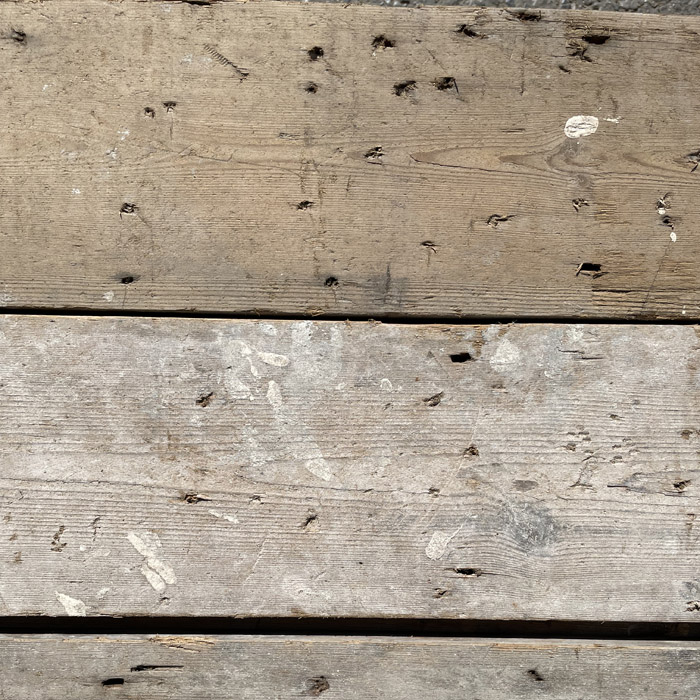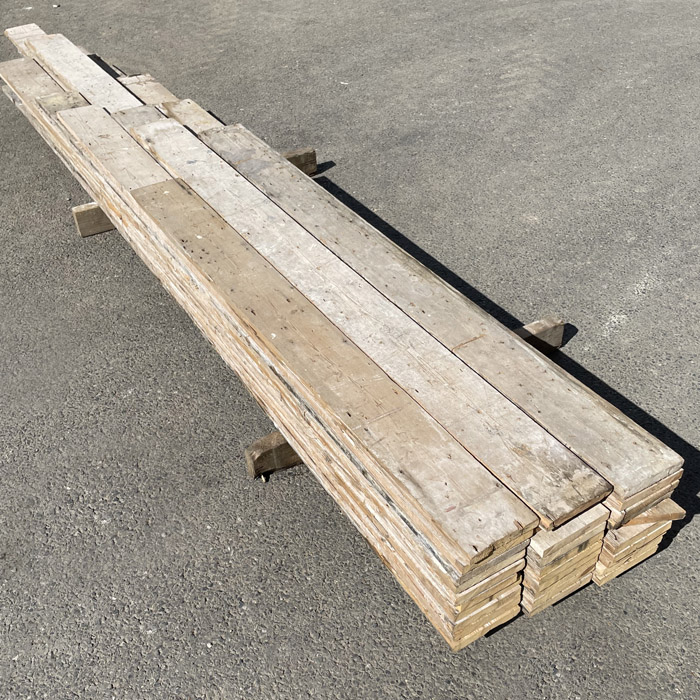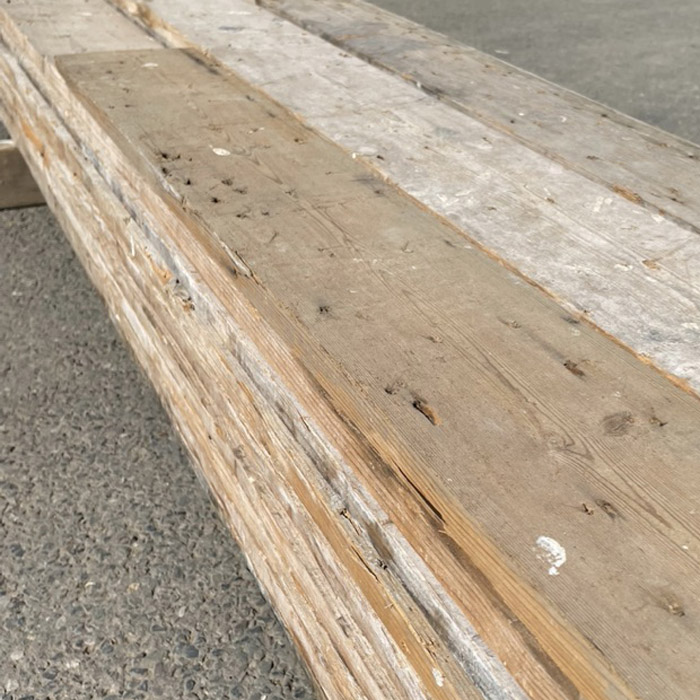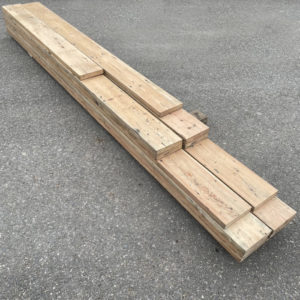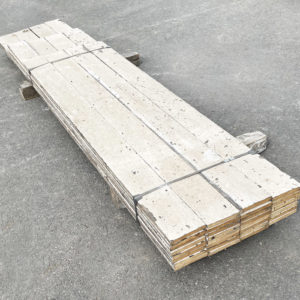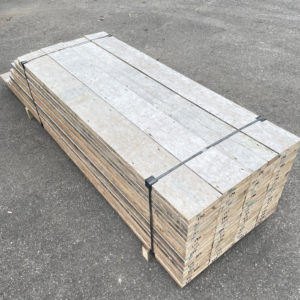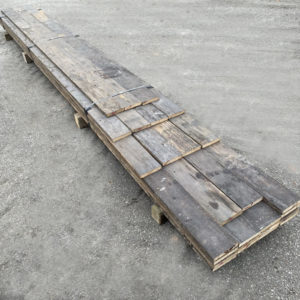Archived Stock - This item is no longer available
Reclaimed 5.5″ Victorian Baltic pine floorboards (10sq m ex Brixton)
Square edge boards,
Condition: pale lemon patina, peppered with old tack-holes.
SOLD OUT
Out of stock
Square-edged. The old growth Baltic Pine from which these boards are made is straight grained and with a mellow pale yellow colour if sanded. These boards are supplied unfinished and they require cleaning, sanding and finishing for those not celebrating the old gnarly patina.
Priced to clear.
The Building Conservation Society sums up the case for reclaimed pine flooring:
“The record demand for house building in 18th and 19th century London was an indicator of the nation’s prosperity. The demand for buildings resulted in a demand for timber; that timber was pine, felled in Poland and sent to England through the Baltic ports. The soaring popularity of imported softwood was driven by its quality and availability as well as favourable transport and conversion costs. The quality of slow-grown old-stand timber such as Pinus Sylvestris that was cut inland and sent down river to the Baltic ports of Memel and Riga was recognised by architects and craftsmen of the period. Contemporary specifications (for example by English architect Sir John Soane) called for pine and fir from these ports, including Memel and Riga Fir.
Much of our historic joinery and flooring was constructed from wood that was slow grown. This wood generally has a fine, close-grained texture and, because much of it was from old stands, it tends to be fairly clear of knots and vertically grained, giving it good durability and stability.
Today, managed softwood plantations aim to produce timber as quickly and as economically as possible. This faster grown timber is not as durable as that from the mature trees that were more common up to the start of the 20th century. Much of the modern fast-grown softwood will be used in construction once it has been pressure impregnated with preservatives. Generally this type of timber is not suited to quality repairs of historic joinery. The quality and closeness of grain of repair timber should match that of the original as closely as possible. This will reduce differential movement at the junction of old and new wood.”
Recently Viewed Items
-
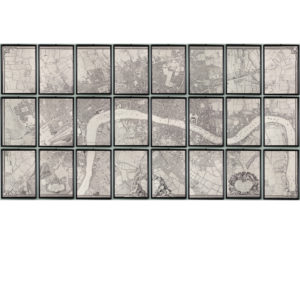
London in 1746, impressive wall map
London in 1746, impressive wall map
The idea to do a new survey had come from the engraver George Vertue, but he and John Rocque could not come to an agreement. Rocque, began the painstaking project in 1737 in partnership with another engraver, John Pine, to survey the central area of London and Westminster, which eventually took 9 years. The completed map measured 6 ½ feet by 13 and comprised of 24 separate sheets. It encompassed an area of 10,000 acres and drawn at a scale of 200ft to the 1inch. -
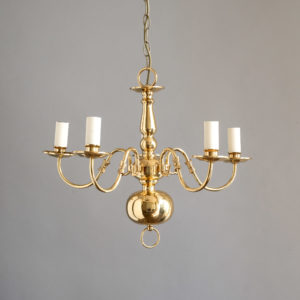
Small reclaimed brass chandeliers
£300 eachSmall reclaimed brass chandeliers
modern five light lacquered brass chandeliers in the Flemish manner, PAT tested.£300 each

